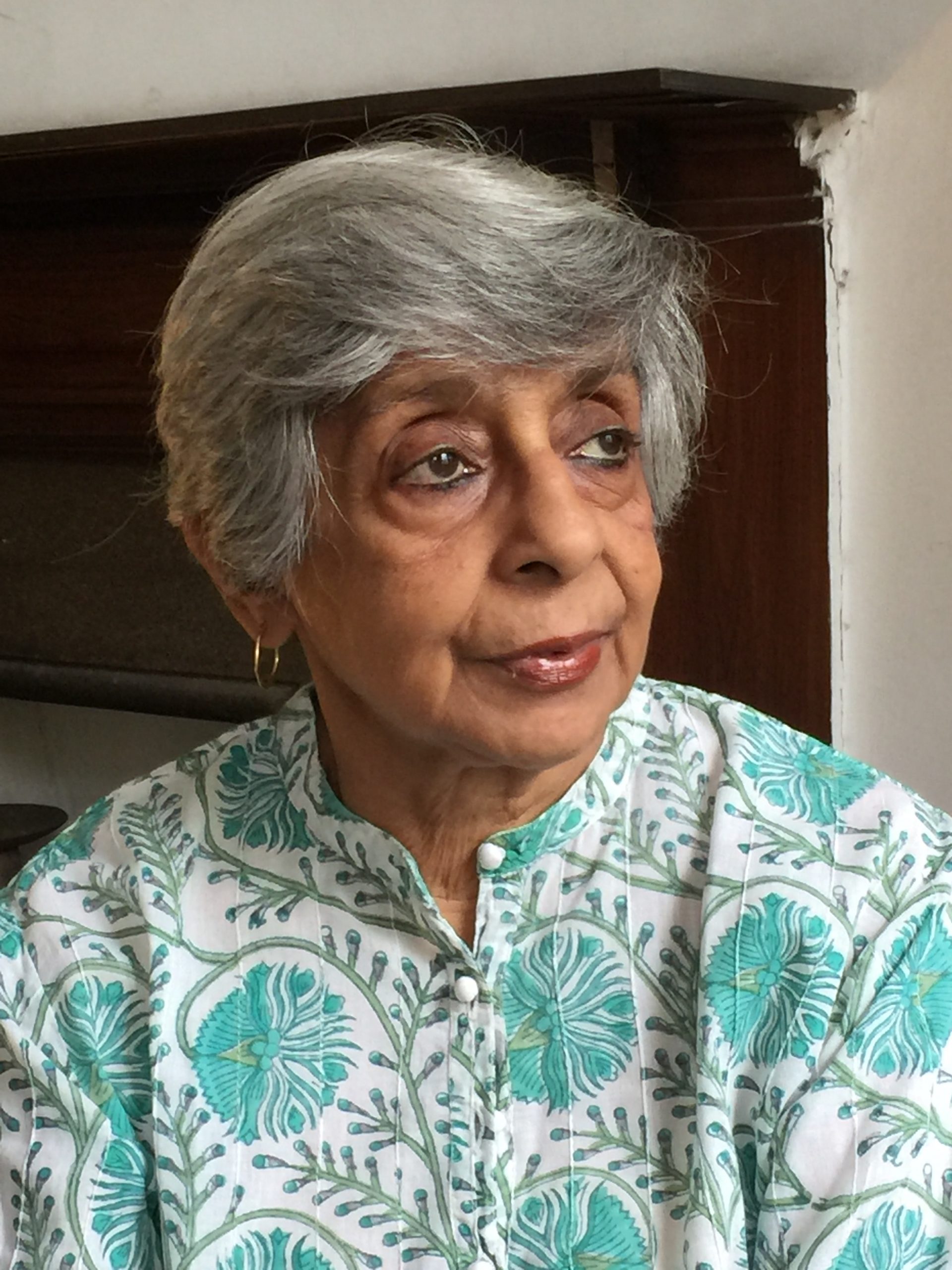WOMEN | PHOTOGRAPHY VIII

Editorial
Malavika Karlekar
This edition of the newsletter features the photograph as a lived experience and as memorialized in exhibitions and archives. Its focus is on the idea of the archive and how it can be an inheritance, as well interactive, or even alive. Two commentaries on the photograph are neatly offset by an engaging first-hand account of the role of the camera in politically charged times.
The exhibition Spectatorship & Scenography in the Archives (2023), based on archival materials and documents from the nineteenth century to the present, sourced from the Alkazi Theatre Archives and the Alkazi Collection of Photography, focussed on images of Delhi and Agra. Shrinjita Biswas’ commentary identifies the show’s “alternative approach to archival practices and performative modes of presentations” that “achieves a certain form of resilience amidst state-appropriated histories and representations”. Biswas writes that the two cities are “unmoored” from the coloniser’s gaze with a focus on the everydayness of ordinary lives. John Murray’s stunning nineteenth-century photographs of the Taj Mahal are juxtaposed with photographs and scripts from various productions of Habib Tanvir’s, Agra Bazaar, a play first staged in 1954. Shifting to Delhi, there are photographic works of amateur Parsi practitioner, Motivala chronicling Delhi during the 1911 Durbar. Emphasis then shifts to Jhandapur, an industrial belt located in the outskirts of the city and to street productions performed over a span of thirty-three years at Ambedkar Park by Delhi-based leftist theatre group, Jana Natya Manch (JANAM). Commenting on works by Kush Kukreja and Kishan Chand Hemlani, Biswas highlights the skilfull melding of archival images with current realities.
Focussing on the material body of the archive, in her overview of the Myanmar Photo Archive (MPA), Nathalie Johnston tells us that “the significance of photography in Myanmar’s recent history cannot be understated”. When she started living there, it was regarded as a land isolated from the world. But, like elsewhere, “memories were continually made” and “vibrant life carried on”, memorialized through the photograph. Images were made through long days of “economic collapse, currency devaluation, devastating cyclones, civil war and military rule”. The MPA was set up in 2013 by photographer Lukas Birk with the aim of focussing on the work of Myanmarese photographers. The collection has approximately 20,000 photographs, negatives, and photographic objects from 1890 to 1995, some of which are available through its website. Birk found studios that had been in business for almost a hundred years, a fact that perhaps led him to categorize his collection into sections such as Buddhism, history, cinema, fashion, female portraits, male portraits, and personal albums of photographers or families. These “provide stimulating insights into what life was like for ordinary people living in Myanmar”, and Johnston’s choice of images range from a woman scientist at work in a laboratory to Buddhist initiation rites, of course those of political protests, of which there have been many. In 2018, the Myanmar Photo Archive curated a very large exhibition in the historic Secretariat building in downtown Yangon. Over 50,000 people visited it and the everydayness of themes resonated with viewers – portraits of boxers and ministers, action shots of sports and dancing were interspersed with vintage images of classmates and families. Once more, the archive became an exhibit on view, but unlike Spectatorship & Scenography in the Archives, it was not re-fashioned into an interpretive installation.
Zainab evocative photo essay “The ‘Weight’ of ‘Snow’: Bearing Witness” combines image and personal text to offer a powerful account of life in Kashmir after its ‘special status’ was revoked in 2019. Through the troubled times in the Valley, she concentrated on photographing the theme of ‘home’, saving images on hard disks and uploading them on Instagram. Expectedly, “[T]he garden and the home have become a stage, and my family the protagonist in our homeland’s ongoing central story”. There is a beautiful image of an outstretched arm with a butterfly resting near the hand, another of scattered pomegranate flowers, perhaps from a loved tree destroyed and mutilated. Her poetry and photographs serve as a counterpoint to Kashmir’s fetishization as an “idyllic destination” with “mountains, lakes and meadows” where home “is in a constant state of despair, beautiful and tragic – all in the same breath”.
The three essays point to the archive as a trope of change, of destruction and regeneration. If Johnston highlights the importance of a traditional historical photographic archive, Biswas’ field notes show how it could become part of an interactive space. And Zainab’s lived experience brought home the power of the image in creating a dynamic archive, one that bears daily witness to “the broken homeland”.
CONTRIBUTIONS:
STAGING POTENTIAL HISTORIES: SPECTATORSHIP & SCENOGRAPHY IN THE ARCHIVES (2023)
Shrinjita Biswas
BEH HMA LEH? (‘WHERE ARE YOU?’): THE FORGOTTEN STORIES OF ORDINARY LIVES IN MYANMAR
Nathalie Johnston
THE ‘WEIGHT’ OF ‘SNOW’: BEARING WITNESS
Zainab
 Prof. Malavika Karlekar is Editor, Indian Journal of Gender Studies and Curator of Re-presenting Indian Women: A Visual Documentary, 1875-1947 and the annual calendar based on archival photographs of women, all at Centre for Women’s Development Studies, New Delhi. Since 2001 she has been researching and writing on archival photographs. Her recent publication Of Colonial Bungalows and Piano Lessons: An Indian Woman’s Memoirs (2019), a volume edited and having an introduction by her narrates childhood memoirs of her mother, Monica Chanda.
Prof. Malavika Karlekar is Editor, Indian Journal of Gender Studies and Curator of Re-presenting Indian Women: A Visual Documentary, 1875-1947 and the annual calendar based on archival photographs of women, all at Centre for Women’s Development Studies, New Delhi. Since 2001 she has been researching and writing on archival photographs. Her recent publication Of Colonial Bungalows and Piano Lessons: An Indian Woman’s Memoirs (2019), a volume edited and having an introduction by her narrates childhood memoirs of her mother, Monica Chanda.
Copy-editing/proofing: Smriti Vohra